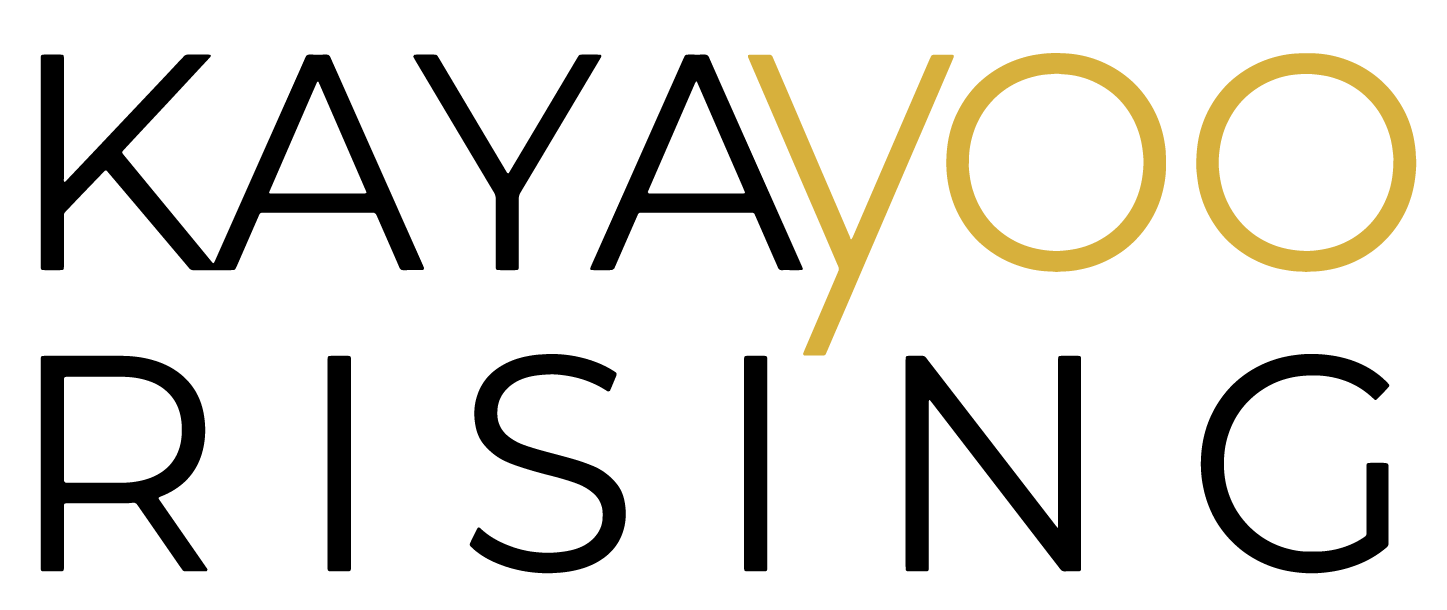Methodology
The qualitative methodology for the study was selected to provide data to drive the direction and focus of the photography. The specifically adopted method was ethnography through semi-structured interviews and photo documentation.
Depth Interviews and observations attempted to capture the kayayei’s:
- Motivations and drive: Aimed at getting an understanding of what the respondent considers as her driving factor and how she prioritizes this.
- Aspirations and dreams: Aimed at understanding what it means to the respondent to have chosen this work and what she dreams for her future. Also, how she constructs the meaning of family, friends, and work.
- Plans and goals: Aimed at getting an understanding of how and why she makes goals, what motivates those decisions, and how she prioritizes them.
Interviews were on average, 30 minutes in duration. Observations were ongoing during the photography sessions and were of the environment and visible culture. This contributed to creative writing and feedback on photography scenario decision-making during the process.
Photography
Without being illustrative or descriptive, photography was used to present an interpretation or translation of the above. The purpose was to complement prior works by providing a social anthropological visual narrative about these urban workers around the core themes identified as much as possible.
Participants and sampling
Participants were kayayei in the Madina market and Accra, where they work, and close family and community representatives in their hometowns in the Northern Region. The work involved a sample of five kayayei in the Madina area in Ghana. Madina is the 12th most populous settlement in Accra, with 137,000 people per the last census (Gaisie, Kim, & Han, 2019; Government of Ghana, 2016). It is a metropolitan city that reflects many large cities in the Greater Accra region of Ghana and hosts the Madina Market, a prominent destination for kayayei in Accra.
The sample had a representation of the major components of the existing profiles of kayayei. General profiles included age, length of time in the profession, motherhood, origin, hometown of the North of Ghana, and market location of practice of their profession. The chosen sampling framework was purposive, selecting participants based on the purpose of this research (Groenewald, 2004), ensuring that as much as can be identified, aspects of their lived experience were represented.
Further depth was gained from observing and engaging three of the four participants in their hometown and among their close extended family. These three were selected out of the four based on their profiles, availability to travel home for a short period, and representation. The three participants’ close family were involved only in observation to inform creative writing and in photography as part of the participants’ lives. Participants were selected purposively from the same pool that was engaged in 2021 by Dodd. This provided familiarity for the researcher and builds on continuity as the connection was made for the participants from the original research.
Ethical issues and considerations with human subject research
Ashesi University’s Institutional Review Board (IRB) provided the ethical clearance for this study on 25th October 2022. Contact irb@ashesi.edu.gh with any questions and for more information.
Being that this is a vulnerable group, ethical considerations were key (Van Wijk & Harrison, 2013). The kayayei are a vulnerable group because of their generally low level of education, migration, and poverty status (Lithur, 2014). The researchers worked with the leadership of the kayayei groups to ensure that the participants completely understood the process and were comfortable sharing information about their work and life and being followed around by a camera. For depth interviews, respondents could have asked to be accompanied by someone to the interview if that made them more comfortable, and could have chosen their preferred language. The researchers made arrangements for translators as needed.
Participants could opt out and stop responding to questions anytime during the interview, hence having a right to withdraw. Since this was photography, the participant could be identified by image, and this was clearly communicated before seeking consent. They could have also opted out or refused a particular image or pose or asked that identifiable shots of them in a particular setting be excluded. Consent was sought and given verbally in a language of their choosing to be sure they adequately understood their voluntary participation. Informed consent covered an agreement to participate in the project voluntarily. It shared the purpose of the project and explained the processes, any risks and benefits, and the procedures used to protect confidentiality if the participant wished not to be identified by name. The expectations of participants of the outcome of the project on their lives were managed by explaining the purpose and how results will be published and communicated.
A first draft of the photos shortlisted was shown to the participants, and images were discussed before they were considered for the photo book. The project process included two visits and meetings with the kayayei, photographer, and the researchers. These meetings occurred in their comfort zone, with kayayei leaders and other members of their community present as they preferred. This was a way to ensure the participants were comfortable engaging with the team before giving consent. As much as possible, photography did not intrude on their work and daily activities, and the research team tried not to be disruptive by keeping equipment to the absolute minimum needed. Participants were compensated for their time and effort as they may have taken time off work for specific parts of the project and, where applicable, during travel. They have been invited along with some representatives of their community to attend the exhibition if they want to. Furthermore, the photographer has decades of experience shooting vulnerable populations under major internal organizations and projects and brought some of that experience to this project.
Data analysis and photo selection, and editing
The process followed:
- Conducted depth interviews based on the thematic areas pre-identified
- Analyzed data per participant to inform photography highlight/ focus for each participant
- Took photographs and conducted observations concurrently at the same location as photography.
- Shortlisted the first cut of images per participant.
- Cross-analyzed with interview data, pre-identified themes, and across participants.
- Profile stories of each participant were drafted with the data from interviews, observations, and gaps filled by respondents through follow-up calls.
- Draft captioning to capture the interpretation of the photograph or group of photographs
Data analysis (depth interviews and photography)
Data from interviews were translated and transcribed into English for analysis. Findings were interpreted and presented using verbatim quotes from respondents, creative writing, and the researcher’s observation field notes. Photographs were sorted per participant, edited, and organized per theme to confirm representation and identify cross-references of images with the themes and across participants. The data was organized along the themes pre-identified, noting any new themes. It was also organized per participant interviewed and cross-analyzed with the thematic organization.

